Self driving tractors are a big benefit for farmers and thier families.
Farming isn’t the low-tech endeavour some might think.

Self driving tractors are a big benefit for farmers and thier families.
Farming isn’t the low-tech endeavour some might think.
Want to fight aging; eat this new chocolate.
Cambridge UK (PRWEB UK) 19 June 2016 Lycotec Ltd., a biotech company based in Cambridge UK, http://www.lycotec.com announces that they have developed the World’s First Longevity SIRT Chocolate, which after ingestion provides a blood level of unmodified trans-Resveratrol, t-RSV, equal to its level after drinking red wine.
T-RSV is the molecule of plant polyphenol class which is typically present in red grapes, some berries, cocoa and nuts. There are a number of beneficial health effects of t-RSV from cardioprotective to antidiabetic. However, one of its intriguing properties is the ability to activate a group of SIRT genes. These genes are responsible for controlling cellular stress protection and longevity.
When t-RSV is consumed as part of food, or a beverage, or as an isolated extract in the form of most supplements, it quickly gets modified and inactivated in the digestive tract. Drinking red wine is the only known exception when t-RSV can reach the blood in an unmodified active form at a detectable level.

I told many people that this was coming a few years ago; so glad. Wait until you see smart meds that people can never become addicted or overdose on because the smart med reads your system and knows when enough is enough.
The security solutions company uses botanical-DNA based tools to tag, track, and trace products for an array of industries. Now with the hire of a personal care supply chain management expert, the company is set to expand its engagement with the industry.
This week the Stony Brook, New York–based company announced that Barbara Brockway has accepted the role of Director of Personal Care.
Besides her experience in supply chain management, Brockway is also well versed in cosmetics formulation, food science, and branding, according to the company bio included in the statement announcing her appointment.
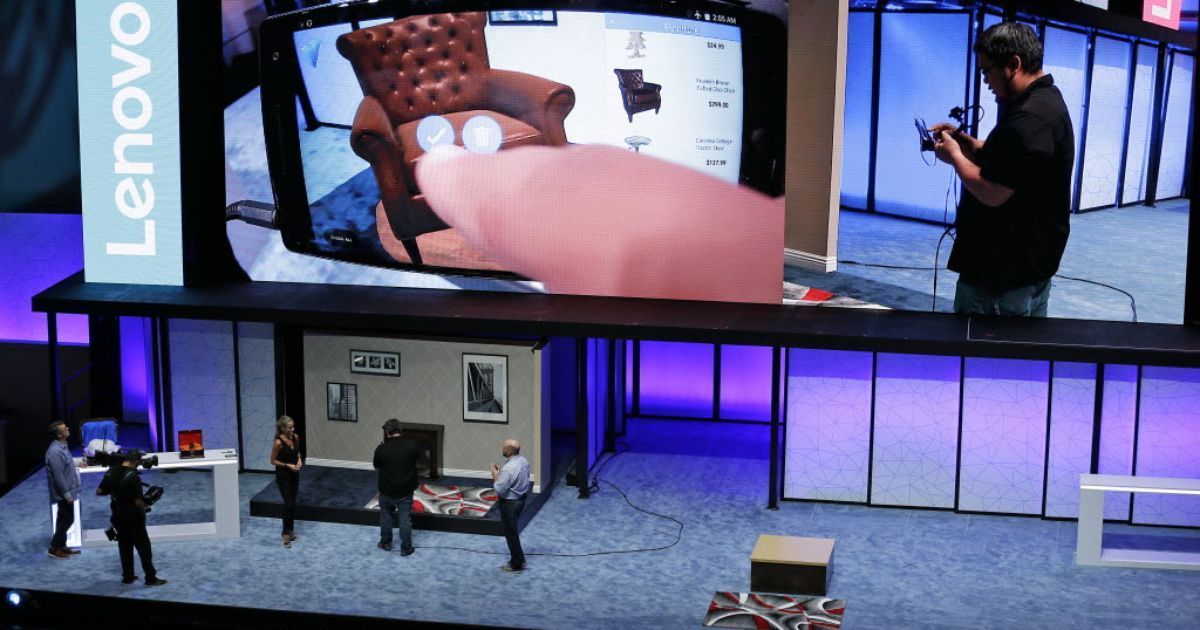

A meta-analysis of 45 studies (64 publications) of consumption of whole grain by an international team of researchers, led by Dagfinn Aune, PhD, at Imperial College London, found lower risks of coronary heart disease and cardiovascular disease overall, as well as deaths from all causes and from specific diseases, including stroke, cancer, diabetes, infectious and respiratory diseases.
The researchers say these results “strongly support dietary recommendations to increase intake of whole grain foods in the general population to reduce risk of chronic diseases and premature mortality.”
The results have been published in an open-access paper in the British Medical Journal (BMJ).
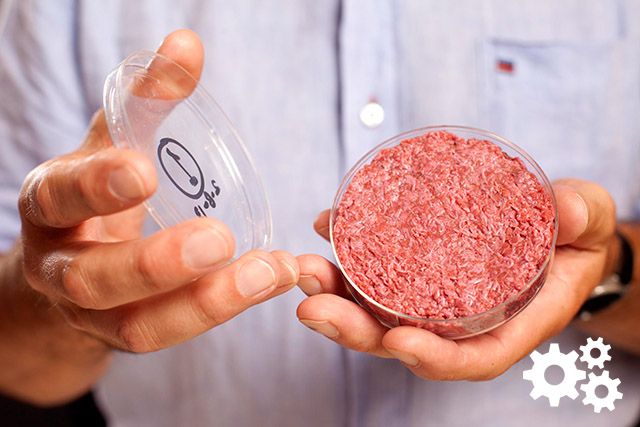
Scientists are pushing to perfect a genetically identical meat that would be better for the environment than cows are.
Elizabeth Rushe is a writer and photographer from Ireland who is based in Berlin. Her work has been published by NPR, Paste Magazine, Vice, and Marie Claire.
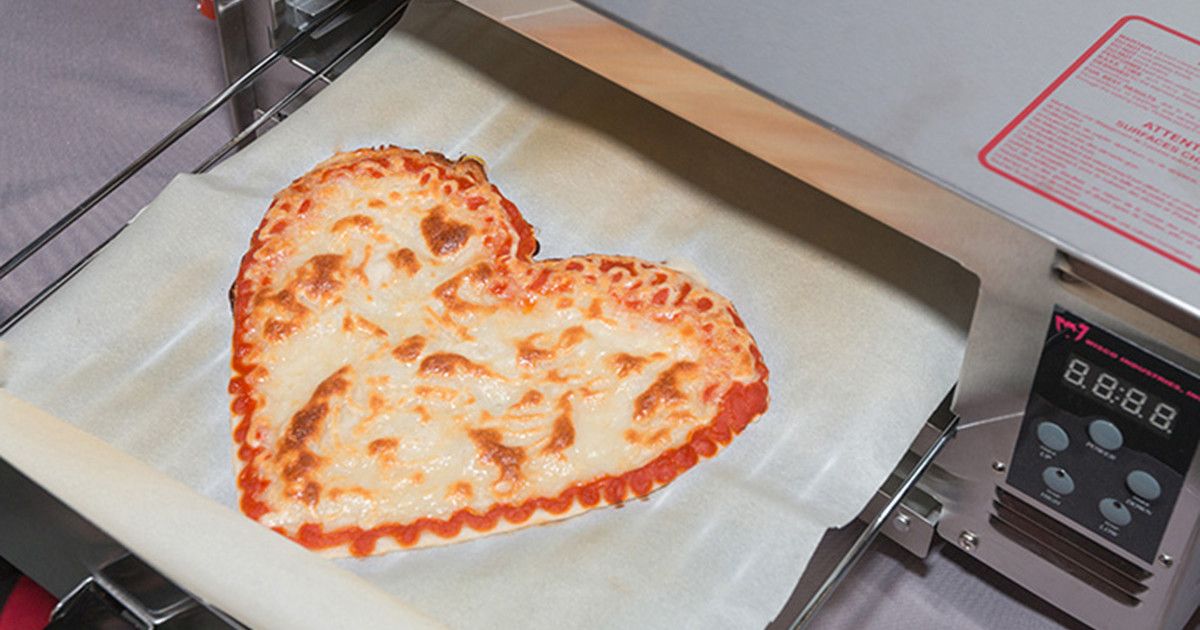
This needs to be on the commercial carriers especially for those 4+ hour flights.
An Austin, Texas company, whose founders were commissioned by NASA to develop palatable foods for astronauts’ deep space mission to Mars, has built a device that can 3D-print pizza.
The company –known as BeeHex — boasts that its machine is efficient, clean, and capable of churning out a delicious pizza in less than half the time it takes a typical human chef. The tech is being developed for astronauts, but since NASA’s manned mission to the Red Planet isn’t planned until the 2030s, us Earthbound eaters may be able to enjoy a 3D-printed pizza at theme parks, shopping malls, or concert halls by early 2017.
Related: MIT student designs gardening robots that could grow produce for astronauts on Mars.
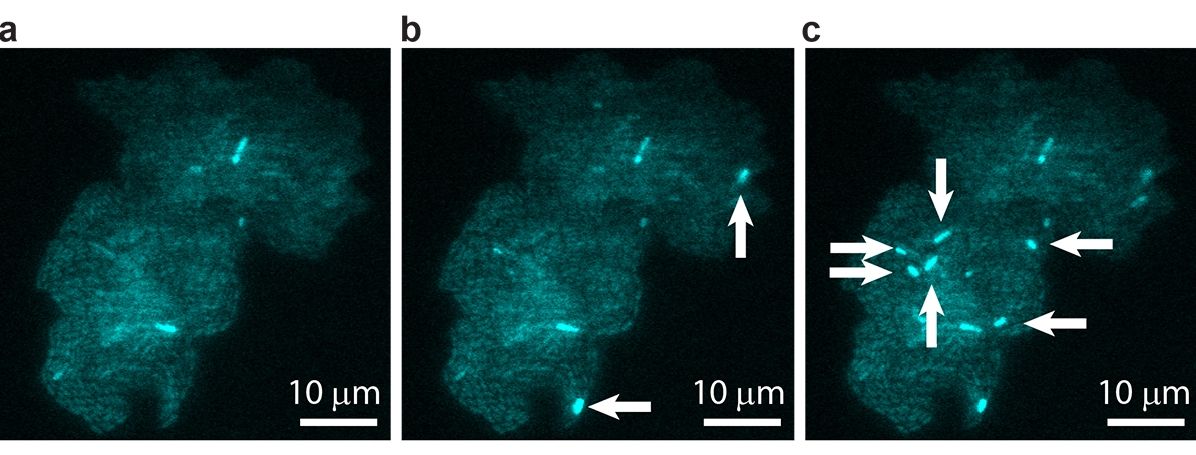
Jumping genes — not jumping beans.
“Jumping genes” are ubiquitous. Every domain of life hosts these sequences of DNA that can “jump” from one position to another along a chromosome; in fact, nearly half the human genome is made up of jumping genes. Depending on their specific excision and insertion points, jumping genes can interrupt or trigger gene expression, driving genetic mutation and contributing to cell diversification. Since their discovery in the 1940s, researchers have been able to study the behavior of these jumping genes, generally known as transposons or transposable elements (TE), primarily through indirect methods that infer individual activity from bulk results. However, such techniques are not sensitive enough to determine precisely how or why the transposons jump, and what factors trigger their activity.
Reporting in the Proceedings of the National Academy of Sciences, scientists at the University of Illinois at Urbana-Champaign have observed jumping gene activity in real time within living cells. The study is the collaborative effort of physics professors Thomas Kuhlman and Nigel Goldenfeld, at the Center for the Physics of Living Cells, a National Science Foundation Physics Frontiers Center.
“In this study, we were able to see that there is actually more of this jumping gene action going on than might have been expected from previous studies,” said Kuhlman, whose team performed the in vivo experiments. “What’s more, we learned that the rates at which these genes jump depend sensitively on how the cells are growing—if there is food available for the cells to grow, for example. In other words, jumping gene activation isn’t entirely random, it’s dependent on environmental feedback.”

IKEA recently launched a hydroponic gardening system to allow people to grow fresh produce at home (without soil or sunlight) and has just unveiled a similar system under development that is aimed at helping restaurants raise ingredients in-house.
The KRYDDA/VÄXER hydroponic garden lets sprout seeds without soil using absorbent foam plugs that keep plants moist (without over-watering, thanks to a built-in sensor). Germinated seeds can then be transferred to pots fitted into a growing tray featuring a solar lamp. The system is designed to be easy to use for even inexpert gardeners.
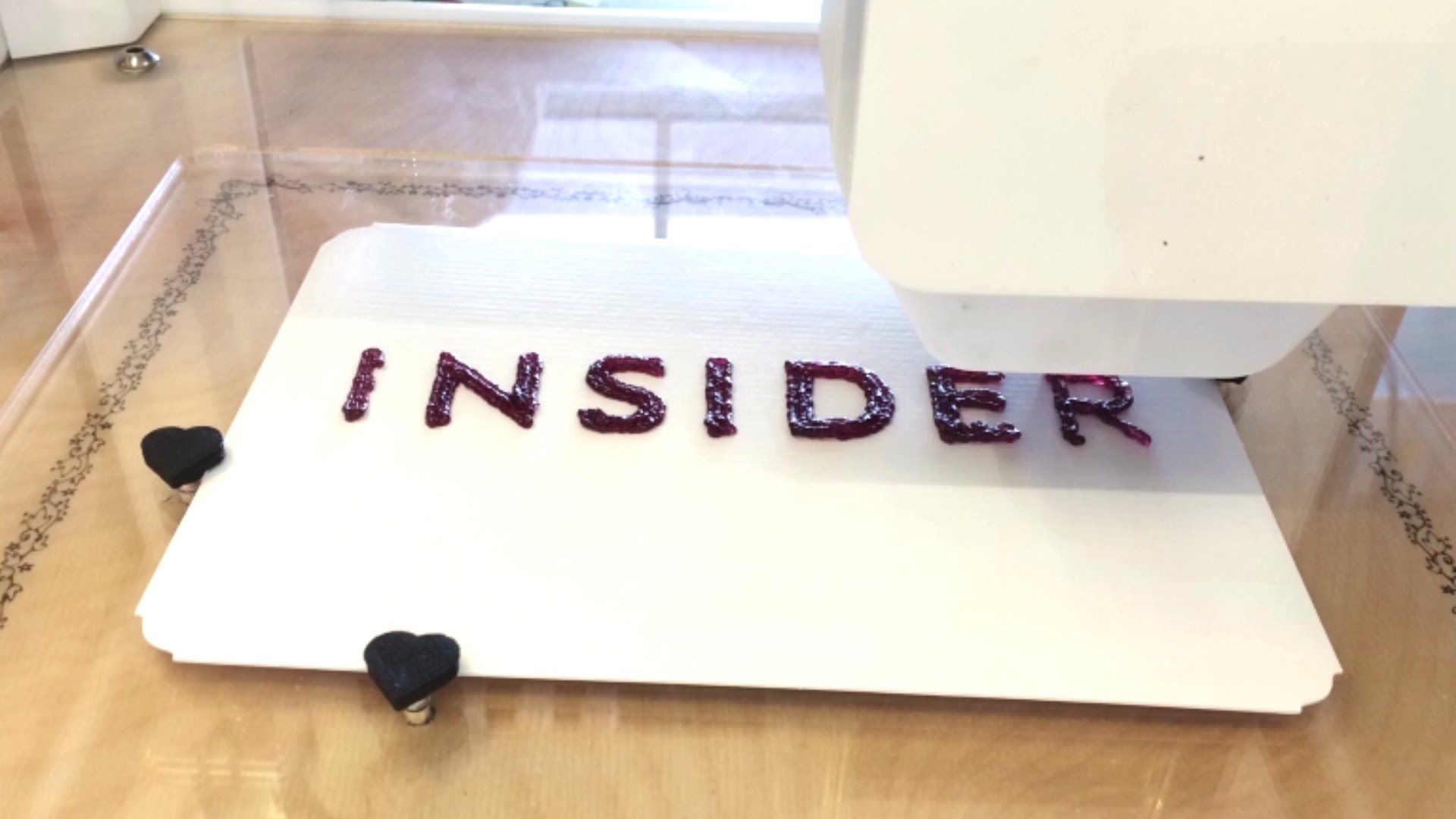
Well, if AI takes my job; I guess I can open my own Candy Factory.
Originally from England, this candy store can create 3D sweets. They can print 100 different shapes, or an original design controlled by a kid-friendly app.